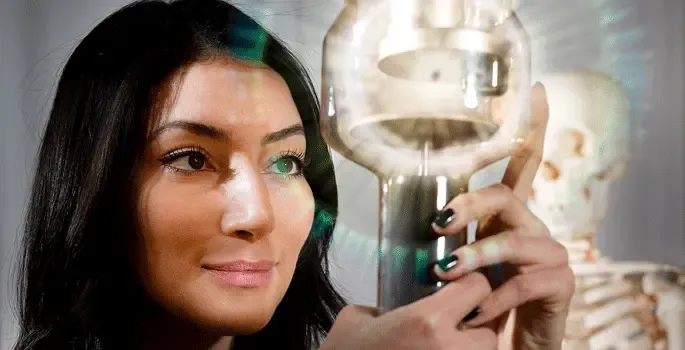At the Division of Radiology, experts from radiology, nuclear medicine and other clinical areas work together to develop and improve healthcare. The division's faculty council consists of professors, subject representatives and researchers from Karolinska Institutet, including adjunct and visiting professors.
Education and research are a natural part of the daily work at the clinic. Multidisciplinary rounds, where different specialists meet, create an arena for collaboration between researchers, doctoral students, hospital staff, universities and companies. Together, we work to develop new solutions, evaluate them and make improvements available to patients in regular healthcare.
Collaboration for the future of medical imaging
Together with SMAILE (Stockholm Medical Artificial Intelligence and Learning Environments), we offer image material and courses for researchers from different backgrounds who are interested in medical image analysis.
Through our involvement in Jonasson's imaging centre at KTH Campus South, we have access to more researchers from different disciplines and advanced equipment for both clinical and preclinical imaging research. This strengthens our work in developing new methods and solutions in medical imaging technology.
Research Group Function and Technology
Since 2023, the Research Group Function and Technology has been part of our division. The group consists of researchers from Karolinska Institutet with expertise in clinical physiology, nuclear medicine, hospital physics and medical technology.
In addition to research, the group is also responsible for teaching at Karolinska Institutet, the Royal Institute of Technology (KTH) and Stockholm University (SU). Through their broad collaboration, they contribute to the development of future medical technology and education.
Organisation
Torkel Brismar
Professor/Senior PhysicianAddress
Karolinska Institutet
Department of Clinical Science, Intervention and Technology (CLINTEC)
Division of Radiology
Karolinska University Hospital. C1:46, Huddinge
S-141 86 Stockholm

